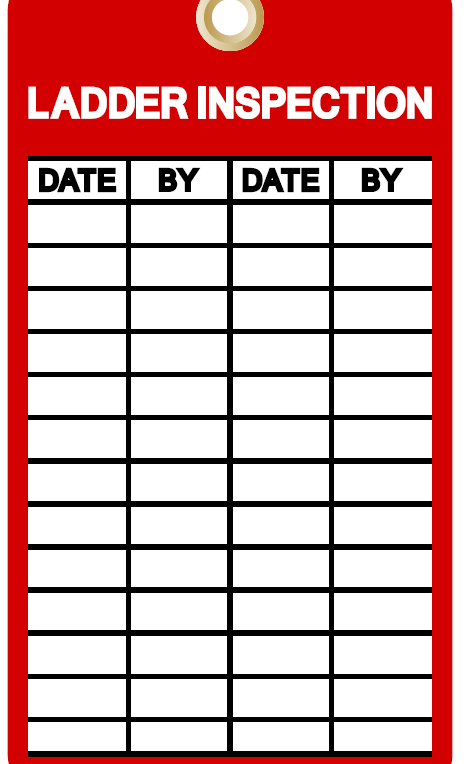
Safety Inspections of Industrial Cranes – Overhead Cranes
Overhead Cranes
Crane safety includes regular structural inspections.
Overhead Cranes are fascinating equipment, with their diverse designs and widespread use across numerous industries. They are a staple in manufacturing, underscoring their universal relevance and importance.
Manitoba WORKPLACE Safety & Health
While comprehensive, Manitoba Workplace Safety & Health Regulations can be ambiguous regarding the requirements for Overhead Cranes. A careful review of page 227, Part 23.26 through to Part 23.30 reveals a seemingly straightforward safety inspection process. However, it’s crucial to note the initial requirement to refer to the applicable code, CSA B167, a critical step many overhead crane owners and safety managers overlook.
Overhead Crane Inspections
An overhead crane has two main components: the “Hoisting” component and the “Structural” Component. Most companies we encounter understand and perform the required inspection of the hoist. This mechanical inspection ensures that the hoist will keep picking up what needs to be picked up. This is incredibly important. The hoisting is regularly inspected faithfully, but the structural components must be checked.
Structural components of an Overhead crane
The structural components of an overhead crane include the runway or rails, the column connections, and the Crane Bridge. These are the parts that hold the hoist up. Maintaining and inspecting the hoist is only so good if the structure holding it up fails.
AXIS Inspection performs structural inspections of overhead cranes, including monorails and jibs. This inspection is completed by qualified and trained inspectors who look for cracks, missing bolts, and other deficiencies that occur over time.






